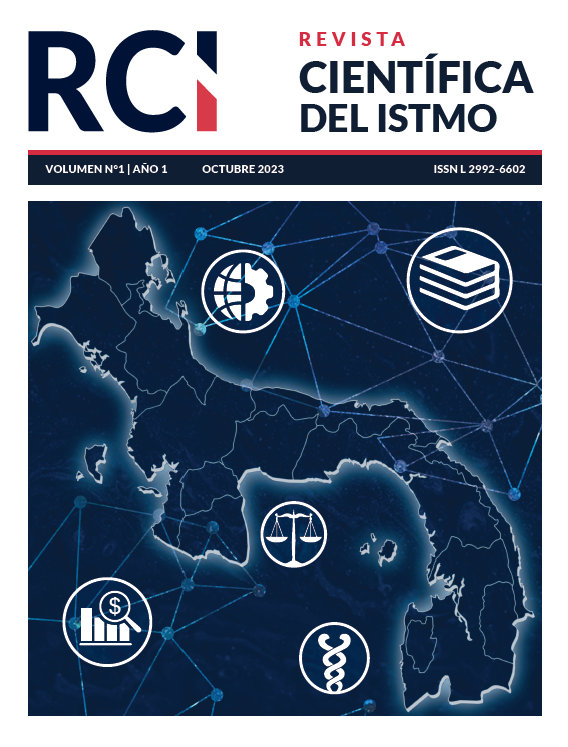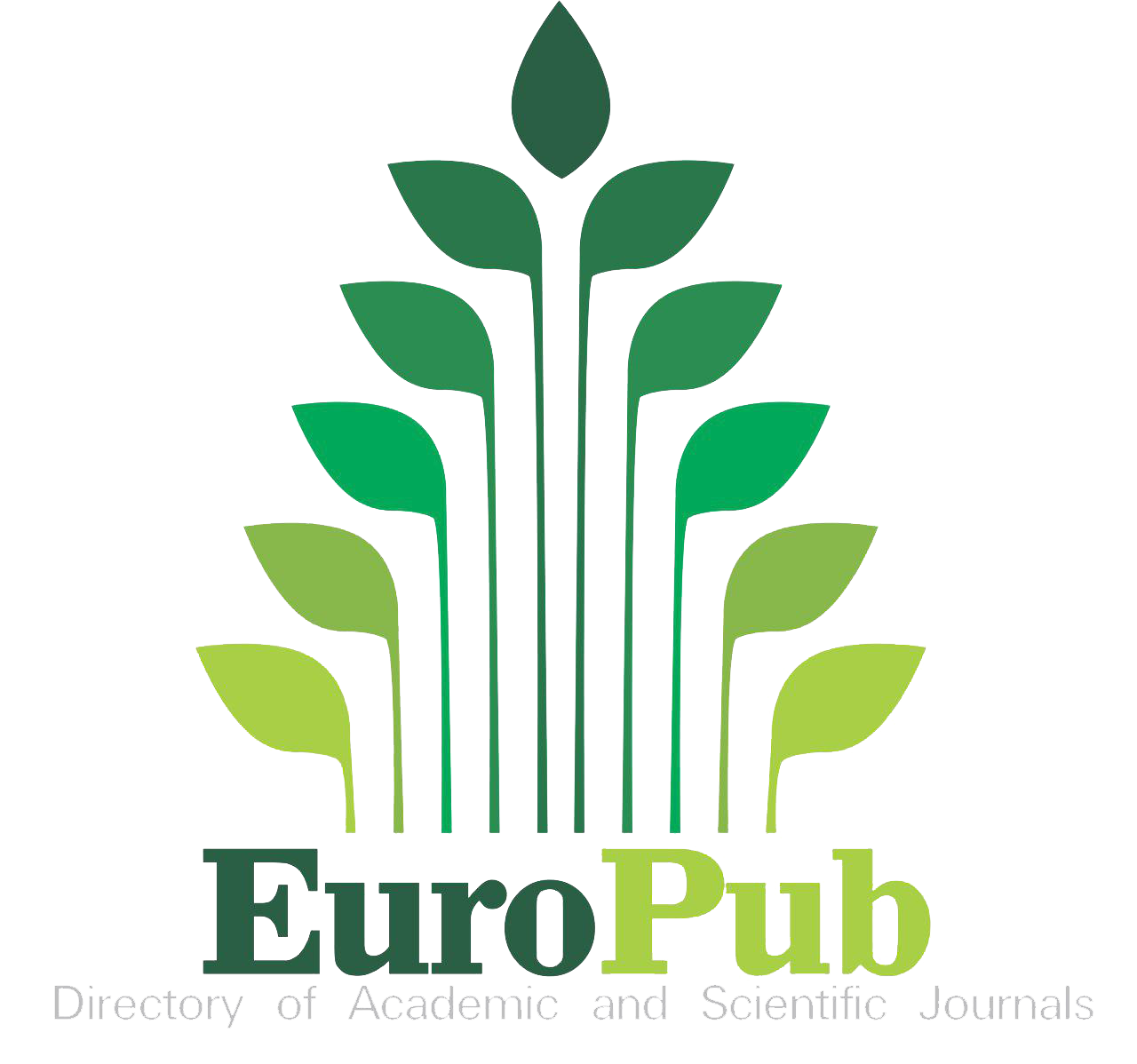Perception of the community of Cermeño, Capira, on the polluting effects of livestock activity
Keywords:
agribusiness, effects of human activities, environmental impact assessment, environmental management-PanamaAbstract
Livestock is a high-value and fast-growing agricultural subsector that accounts for between 15% and 80% of GDP in low- and middle-income countries, ensuring individual food security. Being an option for the use of natural resources, management attention must be paid to minimize its polluting effects, since it is estimated that much of the deterioration of the environment is the result of these practices. This situation was studied in the community of Cermeño, District of Capira, where livestock is a traditional economic activity that negatively impacts the environment with overgrazing, deforestation, and cross-contamination of water. To determine the perception of this community about the polluting effects of livestock activity, a qualitative research was conducted without emphasis on statistical associations or cause-effect relationships, but on the description of a social phenomenon. The research was non-experimental, applied, inductive and transactional during the year 2022, using documentary and survey techniques. From the population, estimated at 2,368 inhabitants, with 56 producers registered in the sector, a convenience sample was taken with non-probabilistic sampling of 35 participants, applying a mixed questionnaire with 29 items and 4 dimensions. The results showed that environmental practices are needed in the community, but that the population is willing to apply them, concluding that this geographic space has exciting potential to assimilate the construction of experiences that contribute to reducing the polluting effects of livestock activity in the country.
Downloads
References
American Farm Bureau Foundation for Agriculture. (2022). Agricultural literacy. https://www.agfoundation.org/what-is-ag-literacy
ANAGAN. (2019). ¿Quiénes somos? https://anagan.com.pa/sobre-nosotros/
Arslan, A. (2019). How old is the average farmer in today’s developing world? In: IFAD, Investing in rural people. https://www.ifad.org/en/web/latest/-/blog/how-old-is-the-average-farmer-in-today-s-developing-world-
Banco Mundial. (2017). Mujeres en la agricultura: las agentes del cambio en el sistema alimentario mundial. https://www.bancomundial.org/es/news/feature/2017/03/07/women-in-agriculture-the-agents-of-change-for-the-food-system#:~:text=Las%20muje%20res%20son%20la%20columna,su%20participaci%C3%B3n%20en%20la%20agricultura.
Consortium of International Agricultural Research Centers. (2021). Initiative: Sustainable Animal Productivity. https://www.cgiar.org/initiative/17-sustainable-animal-productivity-for-livelihoods-nutrition-and-gender-inclusionsapling/#:~:text=This%20Initiative%20aims%20to%20contribute,%2C%20resilient%2C%20equitable%20and%20sustainable
Contexto Ganadero. (2019). Esta es la importancia de las asociaciones ganaderas. https://www.contextoganadero.com/ganaderia-sostenible/esta-es-la-importancia-de-las-asociaciones-ganaderas
Cuevas Reyes, V., Baca del Moral, J., Cervantes Escoto, F., & Aguilar Ávila, J. (2012). Asistencia técnica en el sector agropecuario en México: análisis del VIII censo agropecuario y forestal. Revista Mexicana de Ciencias Agrícolas, 3(5), 943-957.
Department of Agriculture, Environment and Rural Affairs. (2019). Green manures. https://www.daera-ni.gov.uk/articles/green-manures
Fade, S. A. (2003). Communicating and judging the quality of qualitative research: the need for a new language. Journal of Human Nutrition and Dietetics, 16(3), 139-149.
FAO. (1953). Report of the Conference of FAO, Seventh Session, Rome, 23 November - 11 December 1953. https://www.fao.org/3/x5576e/x5576e04.htm
FAO. (2012). Marco estratégico de mediano plazo de cooperación de la FAO en Agricultura Familiar en América Latina y el Caribe 2012 – 2015. FAO.
Fondo Internacional de Desarrollo Agrícola, FIDA. (2019). Informe sobre el desarrollo rural 2019. IFAD.
García, Z. (2004). La contribución de la mujer a la agricultura. En: Agricultura, expansión del comercio y equidad de género. FAO.
González, M., & Difabio de Anglat, H.E. (2016). Enfoque transversal y longitudinal en el estudio de patrones de aprendizaje en alumnos universitarios de Ingeniería. Revista Electrónica Actualidades Investigativas en Educación, 16(3), 1-20.
Grawitz, M. (1975). Métodos y técnicas de las ciencias sociales. Alianza Editorial.
Herz, C. (Coord.). (1994). La agricultura migratoria: conocimientos técnicos locales y manejo de los recursos naturales en el trópico húmedo. FAO.
Instituto Interamericano de Cooperación para la Agricultura (IICA). (1988). Metodología de la investigación pecuaria: diseños experimentales. Tegucigalpa, Honduras: IICA.
Kraehmer, H., Laber, B., Rosinger, C., & Schulz, A. (2014). Herbicides as weed control agents: state of the art: I. Weed control research and safener technology: the path to modern agriculture. Plant Physiology, 166(3), 1119-1131.
Lafuente Ibáñez, C., & Marín Egoscozábal, A. (2008). Metodologías de la investigación en las ciencias sociales: Fases, fuentes y selección de técnicas. Revista Escuela de Administración de Negocios, 64, 5-18.
Lin Lim, S., Wu, T.Y., Lim, P.N., & Shak, K. (2015). The use of vermicompost in organic farming: overview, effects on soil and economics. Journal of the Science of Food and Agriculture, 95(6), 1143-1156.
Manivannan, S., Balamurugan, M., Parthasarathi, K., Gunasekaran, G., & Ranganathan, L.S. (2009). Effect of vermicompost on soil fertility and crop productivity-beans (Phaseolus vulgaris). Journal of Environmental Biology, 30(2), 275-281.
Mason, J. (1996). Qualitative research. Sage.
Mesnage, R., Székács, A., & Zaller, J.G. (2021). Herbicides: Brief history, agricultural use, and potential alternatives for weed control. Analytical Chemistry, 1-20. https://doi.org/10.1016/B978-0-12-823674-1.00002-X
Ministerio de Agricultura y Ganadería [Costa Rica]. (2016). Botón de oro, para alimentar animales. http://www.mag.go.cr/bibliotecavirtual/drocc-hoja-divulgativa-30-2016.pdf
Ministerio de Relaciones Exteriores. (2017). Plan nacional de cooperación de la República de Panamá ‘Panamá coopera 2030’: estrategias, objetivos e instrumentos de cooperación internacional de Panamá en el marco de los Objetivos de Desarrollo Sostenible. MRE.
Muñoz, G. (2019). Ganadería sostenible: el reto de disminuir la contaminación aumentando la productividad. En: BID, Mejorando vidas. https://blogs.iadb.org/sostenibilidad/es/ganaderia-sostenible-el-reto-de-disminuir-la-contaminacion-aumentando-la-productividad/
OCDE. (2015). Manual de Frascati 2015: guía para la recopilación y presentación de información sobre la investigación y el desarrollo experimental. OEDC-FECYT.
Peregalli, J.P. (2021). Manual para el cálculo de emisiones de gases de efecto invernadero en proyectos de infraestructura. Corporación Nacional para el Desarrollo [Uruguay].
Rahman, M. (2016). Herbicidal weed control: benefits and risks. Advances in Plants & Agriculture Research, 4(5), 371-372. DOI: 10.15406/apar.2016.04.00153
Rincón, A., Cuesta, P., Pérez, R., Lascano, C., & Ferguson, J. (1992). Maní forrajero perenne (Arachis pinto; Krapovickas y Gregory): una alternativa para ganaderos y agricultores. Centro Internacional de Agricultura Tropical (CIAT).
Salcedo, S., & Guzmán, L. (Eds.). (2014). Agricultura familiar en América Latina y el Caribe: recomendaciones de política. FAO.
Sokolowski, R. (2000). Introduction to Phenomenology. Cambridge University Press.
TNAU Agritechportal Forestry. (2014). Forestry technologies. https://agritech.tnau.ac.in/forestry/agroforestry_index.html
Unesco. (2021). Education transforms lives. Education for sustainable development. https://www.unesco.org/en/education/sustainable-development.
Vargas Cordero, Z.R. (2009). La investigación aplicada: una forma de conocer las realidades con evidencia científica. Educación, 33(1), 155-165.
Yin, R. (1994). Case study research: design and methods. Sage Publications, Thousand Oaks, CA.
Downloads
Published
How to Cite
Issue
Section
License
Copyright (c) 2025 REVISTA CIENTÍFICA DEL ISTMO

This work is licensed under a Creative Commons Attribution-NonCommercial-ShareAlike 4.0 International License.















